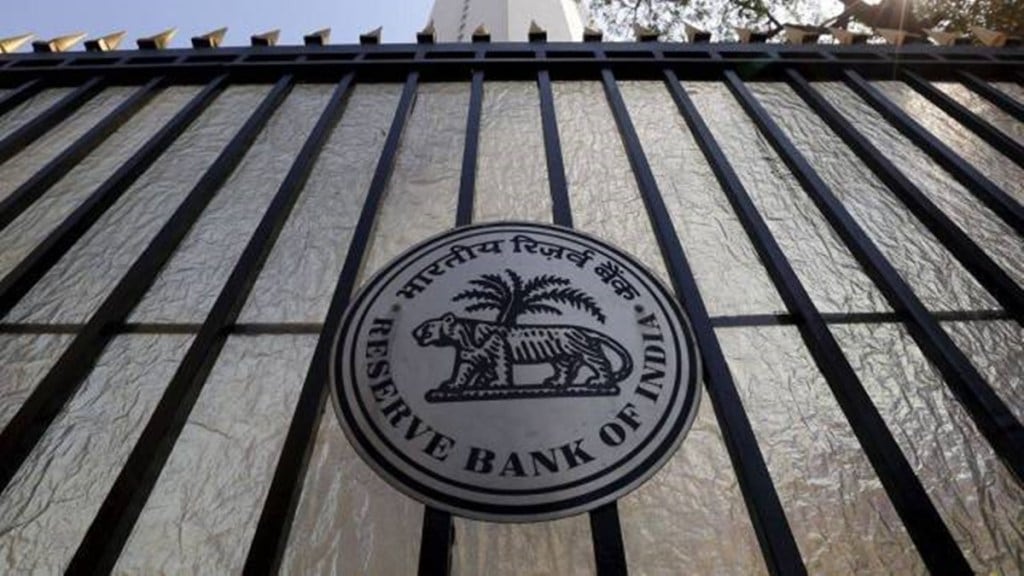After remaining in the sidelines for the whole of 2022 and the first two months of this calendar year, foreign portfolio investors (FPIs) have started chasing the India growth story once again. They have pumped in $15 billion in the last four months—compare this with last year when they withdrew over $17 billion (net investments) and with January and February this year when they sold shares worth around $4 billion. The impact has been obvious, with the Indian stock market indices hitting new highs almost on a daily basis over the past few weeks. No wonder, the Sensex and Nifty, at over 65,000 and 19,000, have returned 14% and 15%, respectively, since their March lows. There has been a broader rally as well, with all sectors rising 6-41% in slightly over three months, and investor wealth has surged by Rs 47 trillion.
So, what has changed? A lot, actually. First, the earlier gloom-and-doom mood among FPIs due to worries about high inflation and the impact of the Russia-Ukraine conflict has given way to a more measured view. Recession fears in the US have receded; even the Federal Reserve believes that a recession is a coin toss now. A peaking of global interest rates is a distinct possibility, which would be good news for investors. Second, optimism about India has been triggered by the Reserve Bank of India’s confidence on taming inflation without further policy hikes, at least for the time being. The central bank hit the pause button in the past two policy meetings (April and June)—the consumer price index has fallen to 4.25%, marginally higher than the central bank’s comfort zone—indicating things are in control.
The third reason is the inability of China to live up to the expectations of a fast economic recovery. The renewed weakness in its property market, high unemployment and sluggish household and business confidence in China have forced investors to look at other markets such as India. The good news is that even Indian investors have joined the recent party enthusiastically, with domestic institutional investors (DIIs) putting in as much as Rs 86,000 crore since the beginning of the year. When FPIs were looking the other way in 2021 and 2022, DIIs have been holding the fort by putting in around Rs 1 trillion and Rs 2.7 trillion, respectively. Going forward, experts believe that the mood could stay buoyant. With India having a 15% weight in emerging markets, it would be tough for FPIs to ignore it. Even the valuations don’t seem too expensive. Nifty valuations, at a price-to-earnings ratio of 23.4, are below the five-year average of 24.7 but higher than the 10-year average of 20.2. And it is nowhere near the all-time high of 33.8 in October 2021, indicating further legs to the stock market rally.
Both the RBI and the government are also seeing a `twin-balance sheet advantage’, where both corporate and bank balance sheets are strong. Of course, there could be unexpected bumps that are still keeping central banks on their toes. The US continues to have a hawkish outlook despite pausing for the first time after 10 straight hikes and the RBI has its ‘Arjuna’s eye’ on inflation. And most countries in the Eurozone have already slipped into recession. Nevertheless, most experts are betting on healthy macro parameters, range-bound oil prices, and moderating inflation to see us through.

